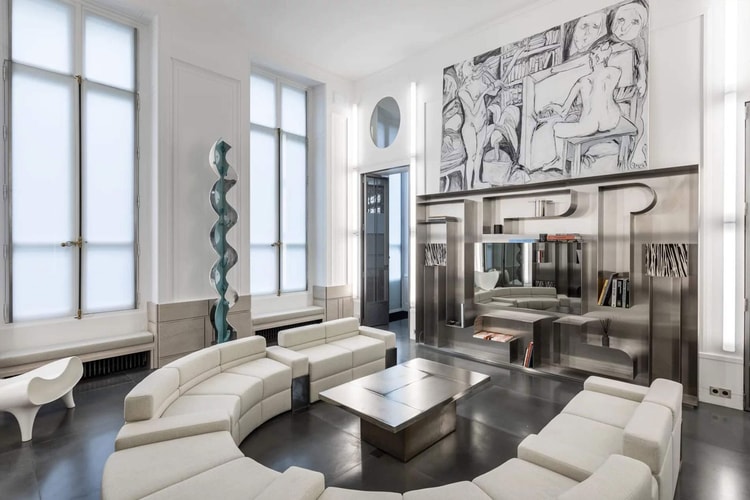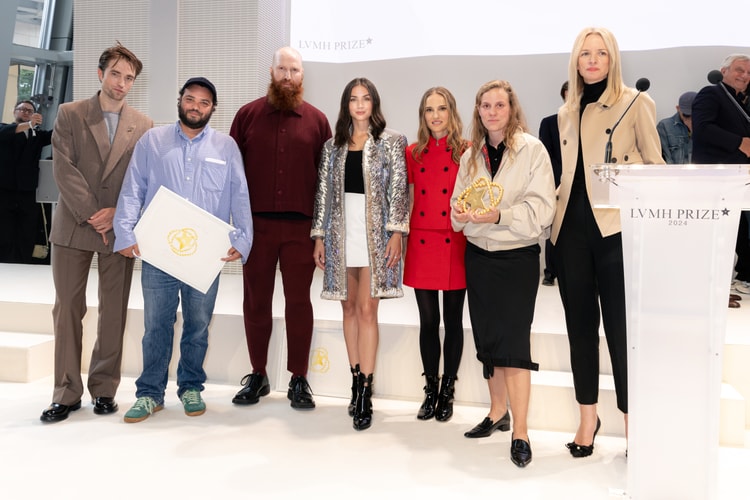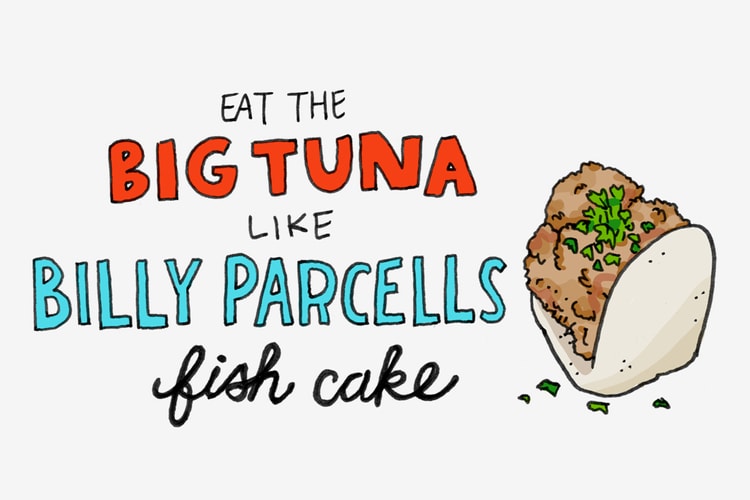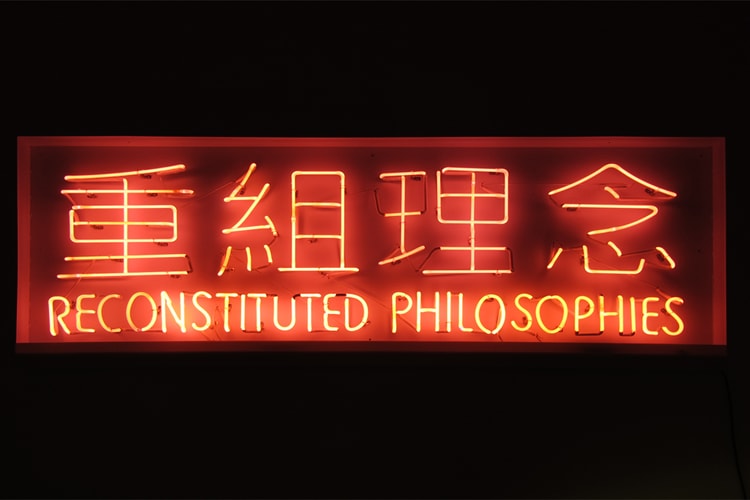Interview Magazine: Carine Roitfeld Interview with Karl Lagerfeld
French Vogue will never be the same again after Carine Roitfeld’s departure. In her early

French Vogue will never be the same again after Carine Roitfeld’s departure. In her early preeminence at the highly conceived French fashion magazine, Carine glorified the erotic chic styling that became an authentic trademark of her for the last decade. The aforementioned styling was initially started as a movement by Roitfeld alongside Tom Ford and Mario Testino to infuse hyped glamour eroticism into the world of high fashion. Ceasing her major editorial duties, Carine Roitfeld has managed to keep herself busy with styling, taking on several big projects in recent times. With this latest feature by Interview Magazine comes an interesting conversation between Karl Lagerfeld and Carine Roitfeld. The two catch up talking about beauty, photography and their past work experiences.
Excerpts of the interview can be seen below while the full interview can be seen here.
KARL LAGERFELD: How far can you take an image?
CARINE ROITFELD: I think that when you’re taking pictures with my principles, you can try anything. Dare to do a lot of things—dare with sexuality, dare to break taboos as long as it remains photogenic. As long as I find an elegance and beauty in it, I am not afraid to tackle anything.
LAGERFELD: I think it was Marlow who said, “There is no beauty without some strangeness in the proportions.”
ROITFELD: Exactly. I think that something needs to be weird in order to have a real beauty. Beauty can be quite boring, especially if you’re talking about beauty that doesn’t last. And what lasts is exactly the thing that maybe wasn’t pretty at first—it comes over time to be beautiful or interesting or exciting.
—
LAGERFELD: When do you think a photograph become erotic? And when does it cross that boundary into the x-rated or pornography?ROITFELD: It’s very difficult to know when you’re crossing the boundary. I hate the word boundary because I never think about it when taking a picture. Very often it doesn’t mean anything because it depends on who’s looking at the picture more than the content of the picture itself.
LAGERFELD: Yes. But even it’s simpler than that. Take Helmut Newton. Some of his photos were shocking. But there’s always a beauty in the composition. There’s always an artistic interest in terms of the image.
ROITFELD: I am against absolute gratuity.
LAGERFELD: That’s what I wanted to hear you say.
ROITFELD: Moreover, I think in Helmut’s pictures, it’s a stolen moment, like a snapshot. He didn’t try too hard.
LAGERFELD: He never tried too hard, right?
ROITFELD: It was very, very, very fast.
LAGERFELD: The Germans have a saying, “Things are spicier if they’re short.”
ROITFELD: Well, you and I have worked together so you know this about me. I think the first picture taken is often the best one.
LAGERFELD: Oh yes. But I worked with Helmut a lot too. I was even Helmut’s stylist with Caroline of Monaco. I know his work process. The rest of us were making such a fuss, trying so hard, and he’d just come in and do it. What was his secret? Even the most explicit photos were an art form.
















